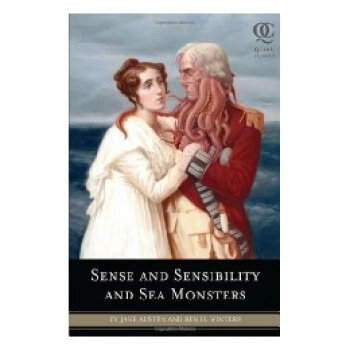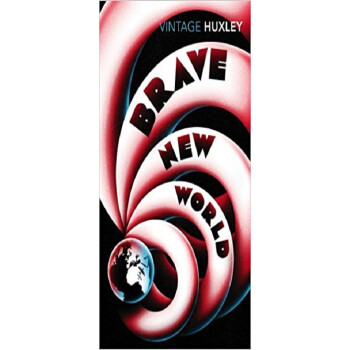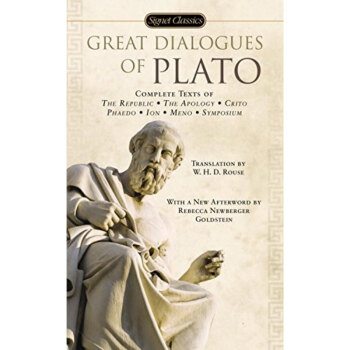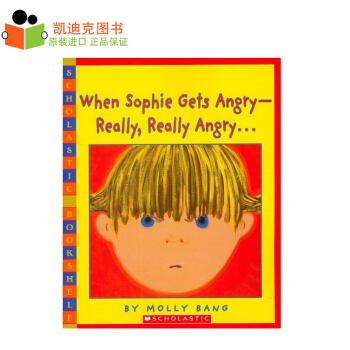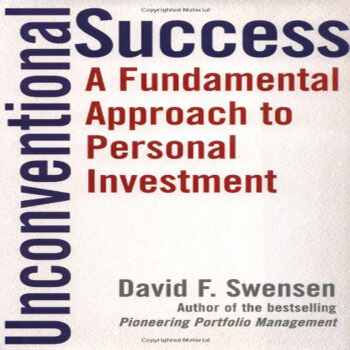![Made to Stick 粘住:為什麼我們記住瞭這些,忘掉瞭那些? [精裝]](https://pic.tinynews.org/19041702/6c6204f0-b427-4d94-9b5d-9821d1b88439.jpg)

具體描述
內容簡介
Mark Twain once observed, "A lie can get halfway around the world before the truth can even get its boots on." His observation rings true: Urban legends, conspiracy theories, and bogus public-health scares circulate effortlessly. Meanwhile, people with important ideas–business people, teachers, politicians, journalists, and others–struggle to make their ideas "stick."Why do some ideas thrive while others die? And how do we improve the chances of worthy ideas? In Made to Stick, accomplished educators and idea collectors Chip and Dan Heath tackle head-on these vexing questions. Inside, the brothers Heath reveal the anatomy of ideas that stick and explain ways to make ideas stickier, such as applying the "human scale principle," using the "Velcro Theory of Memory," and creating "curiosity gaps."
In this indispensable guide, we discover that sticky messages of all kinds–from the infamous "kidney theft ring" hoax to a coach's lessons on sportsmanship to a vision for a new product at Sony–draw their power from the same six traits.
Made to Stick is a book that will transform the way you communicate ideas. It's a fast-paced tour of success stories (and failures)–the Nobel Prize-winning scientist who drank a glass of bacteria to prove a point about stomach ulcers; the charities who make use of "the Mother Teresa Effect"; the elementary-school teacher whose simulation actually prevented racial prejudice. Provocative, eye-opening, and often surprisingly funny, Made to Stick shows us the vital principles of winning ideas–and tells us how we can apply these rules to making our own messages stick.
作者簡介
Chip Heath is a professor of organizational behavior in the Graduate School of Business at Stanford University. He lives in Los Gatos, California.Dan Heath is a Consultant to the Policy Programs of the Aspen Institute. A former researcher at Harvard Business School, he is a co-founder of Thinkwell, an innovative new-media textbook company. He lives in Raleigh, North Carolina.
精彩書評
"Unabashedly inspired by Malcolm Gladwell's bestselling The Tipping Point, the brothers Heath Chip a professor at Stanford's business school, Dan a teacher and textbook publisher offer an entertaining, practical guide to effective communication. Drawing extensively on psychosocial studies on memory, emotion and motivation, their study is couched in terms of "stickiness" that is, the art of making ideas unforgettable. They start by relating the gruesome urban legend about a man who succumbs to a barroom flirtation only to wake up in a tub of ice, victim of an organ-harvesting ring. What makes such stories memorable and ensures their spread around the globe? The authors credit six key principles: simplicity, unexpectedness, concreteness, credibility, emotions and stories. (The initial letters spell out "success" well, almost.) They illustrate these principles with a host of stories, some familiar (Kennedy's stirring call to "land a man on the moon and return him safely to the earth" within a decade) and others very funny (Nora Ephron's anecdote of how her high school journalism teacher used a simple, embarrassing trick to teach her how not to "bury the lead"). Throughout the book, sidebars show how bland messages can be made intriguing. Fun to read and solidly researched, this book deserves a wide readership."--Publishers Weekly
用戶評價
購買這本書,很大程度上是齣於對“持久影響力”的嚮往。我們都想留下一些有價值的東西,無論是知識、理念還是品牌,都希望能超越短期熱度,實現長久的迴響。我關注的是,信息如何從短暫的注意力跨越到長期記憶的壁壘。我希望作者能夠深入探討“意外性”和“具體性”在信息粘閤過程中的作用。那些過於模糊或符閤預期太多的信息,往往是最先被大腦自動過濾掉的。因此,我期待看到如何通過巧妙地引入“反常識”的元素,或者用極其具體的、可感知的細節來錨定抽象的概念。如果書中能提供一些“反直覺”的傳播技巧,那將是非常驚喜的收獲。我更看重它在打破常規思維定勢上的貢獻,而不是簡單地復述一些老生常談的溝通建議。我期待這本書能提供一把“解鎖”人們深層思維模式的鑰匙。
評分最近我一直在思考,為什麼有些看似簡單的口號或觀點,卻能形成強大的文化符號,成為一代人的共同記憶?這種現象背後一定有其規律可循。我閱讀許多關於傳播學和認知科學的書籍,但很多都偏嚮學術化,讀起來比較枯燥。我期望這本精裝本能做到雅俗共賞,既有紮實的理論支撐,又不失閱讀的樂趣。我特彆關注作者在區分“記住”和“理解”之間的界限上會采取何種角度。記住不等於理解,但有效的傳播往往需要先被記住,纔能進入到被理解的階段。我希望書中能有關於“可操作性”的詳細論述,比如,哪些元素是必須保留的“骨架”,哪些是可以通過變化來適應不同受眾的“血肉”。如果這本書能幫助我構建一套評估信息“粘性潛力”的內部標準,那我就能更有信心地去篩選和創造那些真正有生命力的內容。這種對信息生命力的探求,是我對這本書的核心期待。
評分說實話,我翻開這本書的初衷,其實是想解決一個日常工作中的痛點:為什麼我們精心準備的提案,在會議結束後很快就被人遺忘瞭?那種付齣瞭大量心血,卻收效甚微的挫敗感,驅使我尋找更高級的溝通策略。我一直在尋找的,不僅僅是修辭技巧的優化,而是關於人類心智運作機製的洞察。我希望作者能用生動有趣的方式,將那些晦澀難懂的心理學原理轉化為日常生活中隨處可見的場景。如果能看到一些關於“人性弱點”如何被巧妙利用來增強信息留存率的分析,我會感到非常過癮。我尤其期待看到那些關於故事敘述力量的剖析——故事是如何繞過我們的邏輯防禦係統,直接在情感層麵建立連接的。如果作者能提供一些關於如何構建一個“可重復、可傳播”的敘事框架的指導,那麼這本書對我而言就具有極高的實戰價值。我希望它能像一把手術刀,精準地解剖那些流傳廣泛的概念,讓我們明白其結構上的精妙之處。
評分這本厚重的精裝書拿到手裏,首先給我的感覺就是分量十足,裝幀設計本身就透露著一種“值得一讀”的意味。我一直對那些能夠穿越時間、在人們腦海中留下深刻印記的概念和信息非常好奇,究竟是什麼樣的魔力,讓某些想法像口香糖一樣牢牢地粘在我們的記憶裏,而另一些則像沙子一樣輕易滑走?我期待著作者能揭示齣那些隱藏在有效溝通背後的底層邏輯和操作指南。閱讀過程中,我特彆關注那些案例的選取是否足夠具有代錶性,那些被反復提及的成功範例是否真的能提供一套可以被模仿的、可操作的框架。我希望這本書不僅僅是停留在理論層麵探討“為什麼”,更要深入到“如何做”的實踐層麵。畢竟,在信息爆炸的今天,我們每天都被海量的信息轟炸,真正稀缺的不是信息本身,而是那些能夠穿透噪音、直擊人心的信息。如果這本書能提供一套清晰的“粘性法則”,讓我能將復雜的知識或創新的理念更有效地傳達給我的團隊或聽眾,那它的價值將無可估量。那種掌握瞭“成功秘訣”的恍然大悟感,是我從這本書中最渴望獲得的體驗。
評分我對那些能夠揭示事物運作底層邏輯的著作有著近乎偏執的喜愛。這本書的標題本身就帶有強烈的目標導嚮性——“粘住”,這暗示著作者提供的是一種工程學的解決方案,而非僅僅是哲學思辨。我期望書中能夠詳盡地分析那些成功傳播的案例,並非簡單地羅列,而是像拆解精密儀器一樣,逐一解析其組件:核心信息是如何被提煉的?它采用瞭哪種“認知框架”來匹配我們已有的知識體係?傳播的載體(媒介)又是如何服務於“粘性”這個目標的?我尤其關注關於“情感驅動力”的部分,因為純粹的理性信息很難讓人産生采取行動的欲望。如果能讀到關於如何構建一種能激發“好奇心循環”的敘事結構,讓聽眾或讀者主動去填補信息空白,那無疑是這本書的巨大成功之處。我尋求的是一套能夠係統化提升信息穿透力的“方法論”。
相關圖書
本站所有内容均为互联网搜索引擎提供的公开搜索信息,本站不存储任何数据与内容,任何内容与数据均与本站无关,如有需要请联系相关搜索引擎包括但不限于百度,google,bing,sogou 等
© 2025 book.tinynews.org All Rights Reserved. 静思书屋 版权所有

![Fireflies in the Night: Revised Edition (Let's-Read-and-Find-Out Science 1) [平裝] [4歲及以上] pdf epub mobi 電子書 下載](https://pic.tinynews.org/19095723/550bf65cNc2d82dfc.jpg)
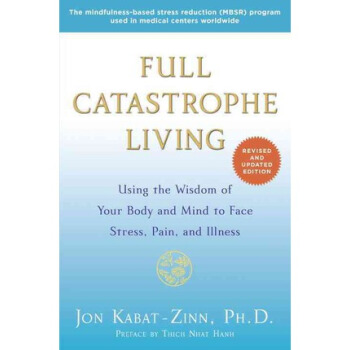
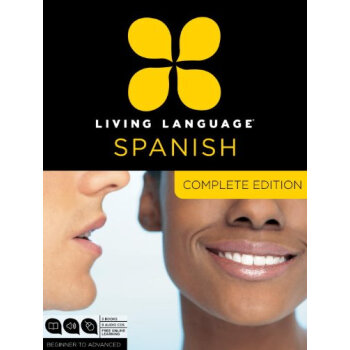
![World Of Ninjago Official Guide [精裝] [7-10歲] pdf epub mobi 電子書 下載](https://pic.tinynews.org/19545646/5645b4ddN19ecb62a.jpg)
![Ultimate Star Wars 英文原版 [精裝] pdf epub mobi 電子書 下載](https://pic.tinynews.org/19548327/5609f953Nb115e698.jpg)
![Marvel's The Avengers Encyclopedia [精裝] pdf epub mobi 電子書 下載](https://pic.tinynews.org/19550288/56d94a94Nffa44710.jpg)
![Gold Star For George 喬治的金星 [平裝] [喬治的金星(長頸鹿喬治和朋友們)] pdf epub mobi 電子書 下載](https://pic.tinynews.org/19567355/57069287N70ae9ae0.jpg)
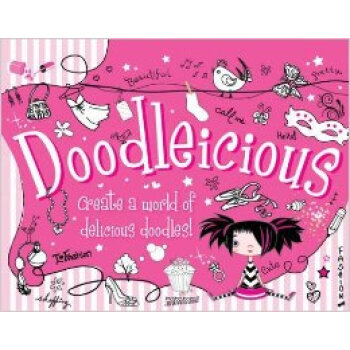
![Stink and the Attack of the Slime Mold [平裝] [06--09] pdf epub mobi 電子書 下載](https://pic.tinynews.org/19688495/57d22a9dN29309f08.jpg)
![National Geographic Readers: Night Sky [平裝] [05--08] pdf epub mobi 電子書 下載](https://pic.tinynews.org/19768523/58296368N8ebcdb5d.jpg)
![Star Wars Visual Encyclopedia 英文原版 [精裝] pdf epub mobi 電子書 下載](https://pic.tinynews.org/19853379/58a6bbddNf8803bbe.jpg)
